
Why Darwin was confused by birds
Birds helped Darwin formulate his theory, but not every species suited his breakthrough as our new book explains
“The sight of a feather in a peacock’s tail, whenever I gaze at it, makes me sick!” wrote Charles Darwin in 1860, just a year after the publication of The Origin of Species.
The ground-breaking naturalist didn’t actually hate the beautiful bird, as our our new book Evolution: A Visual Record explains.
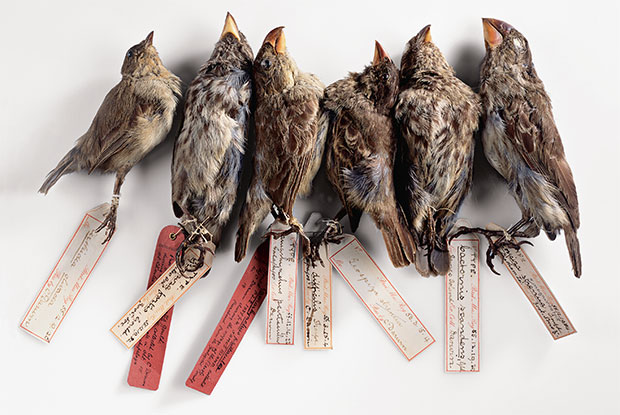
“His problem was more basic: Since he believed that natural selection was driven by the challenges of finding food and avoiding being eaten, at first he simply could not understand what possible selective advantage a huge, cumbersome tail could provide to the bird. In fact, it should be a hindrance if a predator came by.”
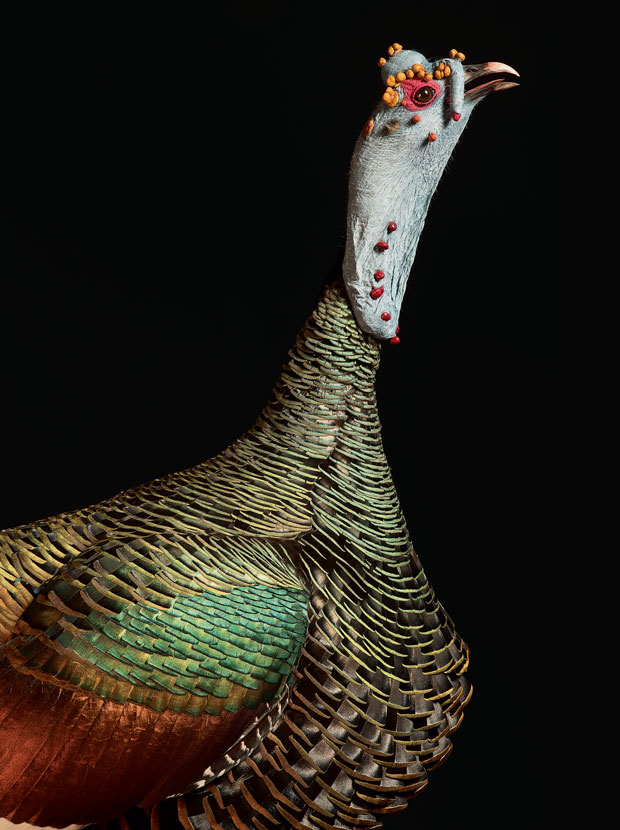
The plumage bothered Darwin so much, partly because birds lay at the heart of his thinking. The Galápagos islands’ finches he collected during the early 1830s, led him towards his breakthrough: “Given the right conditions – geographic isolation, time – a single bird species could evolve into multiple new ones.”
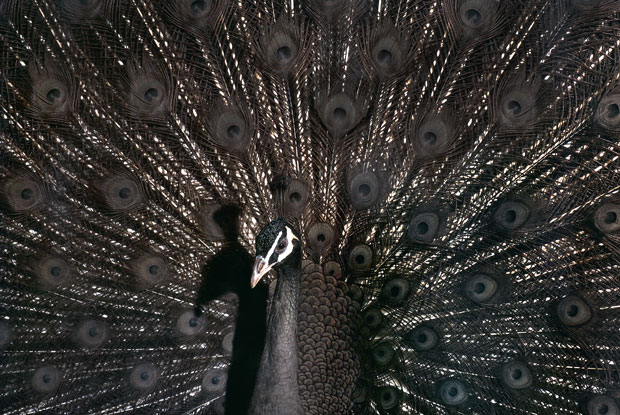
Small changes in each generation would be more or less suited to survival in a particular setting; animals with more successful alterations would have more offspring, while those with unsuccessful quirks would fewer or none, and so the best quirks would develop into distinct species. Yet why, wondered the naturalist, would something so bulky and useless as the peacock’s tail appear in a thriving animal?
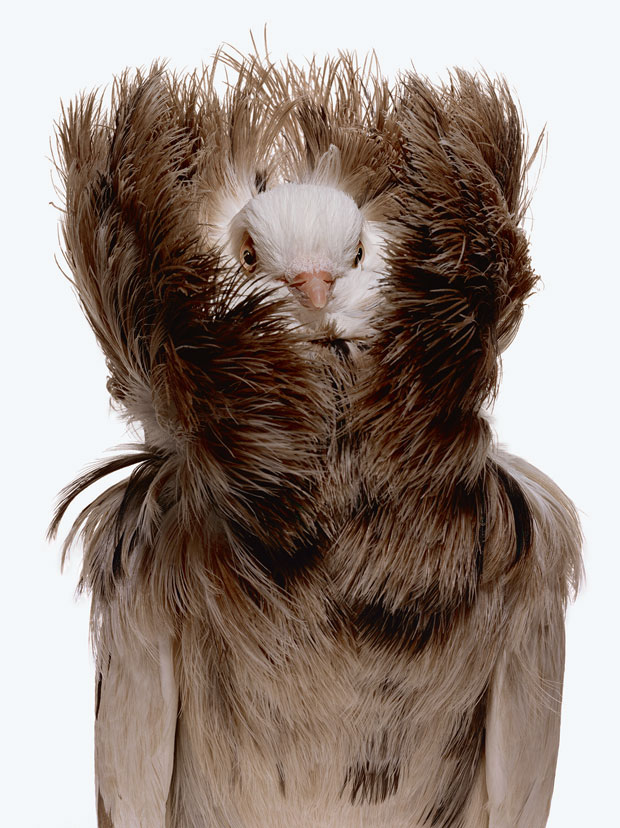
“Darwin – and Alfred Russel Wallace, who was personally familiar with the Asian haunts of peacocks and their game bird relatives – came to believe that certain of the bird’s features (including its size, elaborate coloration, and spectacular display) provided another kind of selective advantage: They helped attract mates. Recent research, however, suggests that the tail’s huge size and prominent “eyespots” may also in fact intimidate predators, providing a survival advantage as well.”
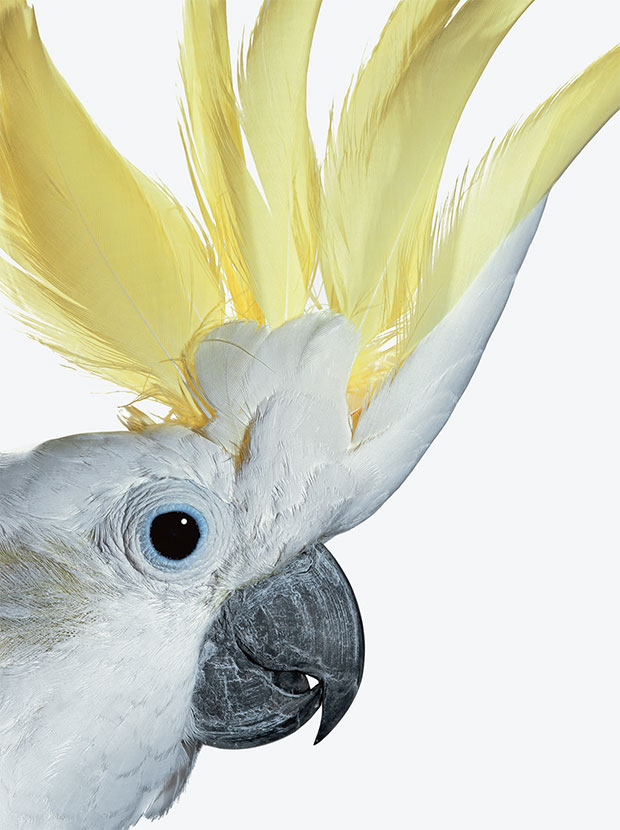
For more great pictures by the award-winning photographer Robert Clark, and further clear-eyed insight into natural selection, order a copy of Evolution: A Visual Record, here.